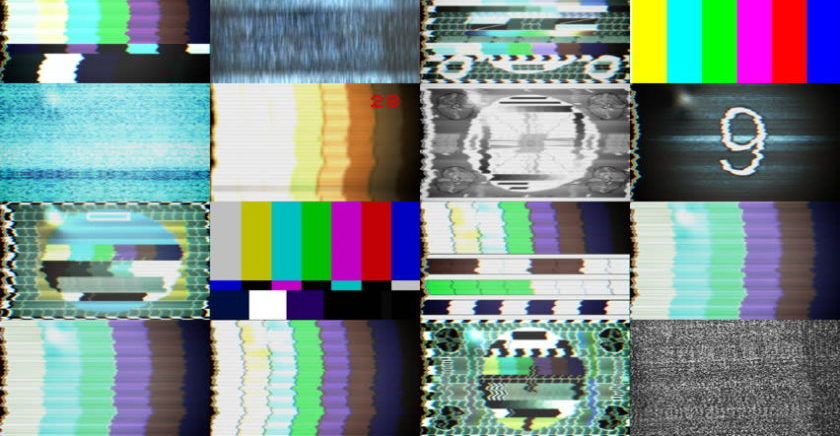M+E Connections

M&E Journal: How Server-Side Ad Insertion is Transforming Video Advertising as We Know It
Story Highlights
By Ariff Sidi, Chief Product Officer, Verizon Digital Media Services –
Advertising is a reliable source of revenue for many online media companies, but the rise of ad blockers could have a significant negative impact. According to PageFair’s 2017 Ad Blocking Report, consumers used ad blockers on as many as 615 million devices globally, and more than half of these were mobile — that’s a 30 percent increase from PageFair’s 2015 report. Additionally, research firm Forrester estimates that in 2016 alone, $20.3 billion in ad spending was blocked.
Ad blocking is only expected to increase, and as this trend continues, content providers need a reliable solution to deliver a high quality experience for consumers, while still protecting ad revenue.
Enter server-side ad insertion (SSAI), a technology that stitches ads directly into a content stream prior to delivery rather than through the app or browser on a consumer’s device. This technique doesn’t simply bypass ad blockers but also reduces the reason for using them, by ensuring ads are delivered seamlessly.
In order to maximize the benefits of SSAI, media companies should think about ads in a new way — as a part of their overall content strategy rather than as an interruption to the viewer experience. Read on for an overview of SSAI and its benefits; the latest developments around this innovative technology, including reduced latency; and what the future holds for SSAI.
How SSAI removes the need for ad blockers
In a conventional system without SSAI, premium video content is delivered via one path, while ads are often “decisioned” and inserted via an independent second path. The two are combined at the consumer end of the delivery chain, where users watch video content. Because the content and advertising are joined at the “client,” viewers often experience interruptions while the app or website orchestrates all the moving pieces. Viewers can experience drops in video quality, black screens, additional video buffering and slower load times.
More viewers are bypassing this entire inconvenience with ad blockers, which block that second ad delivery path, while still permitting publisher content to arrive through the primary path. It’s important to remember, however, that consumers don’t necessarily dislike ads, but everyone dislikes a negative experience. In fact, in a recent Moz consumer survey, 42 percent of consumers said traditional advertising, like television or radio spots, had a positive effect on their purchase decisions. That’s a clear indicator that the same consumers who are using ad blockers to quiet disruptive ads aren’t bothered by similar messages through other channels. This is where SSAI comes in.
Also called “ad stitching,” SSAI integrates ad content with video content upstream at the server, rather than at the client. It bypasses ad blockers by serving both pieces of content in one package, making it difficult to distinguish between the two. Additionally, because the ad insertion is seamless and part of the overall video stream, consumers are far less likely to have negative experiences as a result of the advertising.
 Our Verizon Digital Media Services 2016 Quality Matters survey found that 86 percent of viewers say it is very or extremely important to experience TV-like quality every time they watch, on every screen they use. We also found that the average viewing session across all devices falls by 77 percent when there is a significant drop in video quality. SSAI brings increased quality and speed, meeting viewers’ ever-rising expectations.
Our Verizon Digital Media Services 2016 Quality Matters survey found that 86 percent of viewers say it is very or extremely important to experience TV-like quality every time they watch, on every screen they use. We also found that the average viewing session across all devices falls by 77 percent when there is a significant drop in video quality. SSAI brings increased quality and speed, meeting viewers’ ever-rising expectations.
Viewers have responded positively. According to a report from ad tech company Free- Wheel, viewers complete 98 percent of SSAI ads served on OTT platforms.
Greater potential for personalization
SSAI does more than just bypass ad blockers — it also helps advertisers offer more relevant, targeted ads. This is partly thanks to the ability for server-side ads to be dynamically “decisioned” and inserted uniquely and per consumer stream.
For example, an SSAI-based session management tool like our SmartPlay technology creates a unique session that represents a single user on a specific device. This provides advertisers and publishers with better data — for example, geographic location, device type or historical activity — allowing them to deliver personalization that ensures the right message reaches the right user at the right time. In this way, dynamic ad insertion (DAI) has the potential to help create more personal experiences through enhanced consumer knowledge and targeting.
Consumers today expect advertising to be both tailored to their interests and compelling, and the session-based approach lets advertisers meet and exceed those expectations. With both DAI and SSAI, a true one-to-one and seamless video ad experience is possible. Improved content delivery increases engagement for the client, mitigates ad blocking, and ultimately, creates a more valuable relationship between advertisers, publishers and consumers.
Future proofing: What’s next for SSAI
As the technology that makes it possible continues to advance, SSAI is evolving too. For one, it’s becoming simpler to implement.
Across the board, SSAI-savvy publishers are migrating to VAST 4.1, which supports advertisers’ growing demand for third party measurement solutions in addition to higher quality user experiences when ads are playing. This is accomplished through a new industry standard for separating the video ad creative from the measurement, verification, and interactivity components that advertisers rely on today to achieve their digital marketing goals.
The new standard also enables these capabilities across a variety of platforms, including desktop, mobile, and OTT devices. Using a single video format across all devices, as we do at Verizon Digital Media Services, greatly simplifies the insertion, delivery, tracking, and reporting of both content and ads.
Another recent innovation in SSAI technology is decreased latency. As RAM storage becomes cheaper year after year, content delivery networks (CDNs) are able to deliver media — including server-side ads — to users more quickly and efficiently. This is especially noticeable when a content creator is relying on one end-to-end CDN to oversee media and ads from start to finish.
That means there’s no buffering as the content changes hands, either. We’re also working on facilitating low latency video streaming, complete with full session-based server-side ad insertion. That means delivering content with low latency — 40 percent closer to real time and encoding up to 60 frames per second — all with the full functionality of SSAI.
SSAI isn’t simply the latest innovation; it’s quickly becoming mandatory. As more viewers come to expect the seamless delivery of content and ads, advertisers and publishers that don’t get on board are certain to get left behind.
—-
Click here to translate this article
Click here to download the complete .PDF version of this article
Click here to download the entire Spring/Summer 2018 M&E Journal









